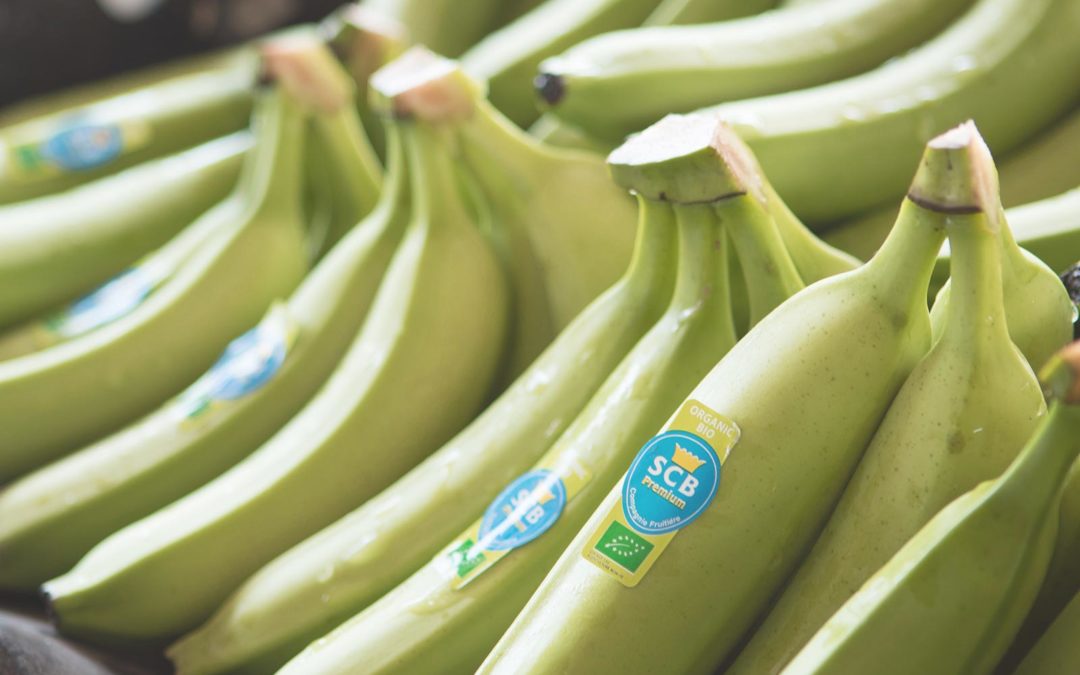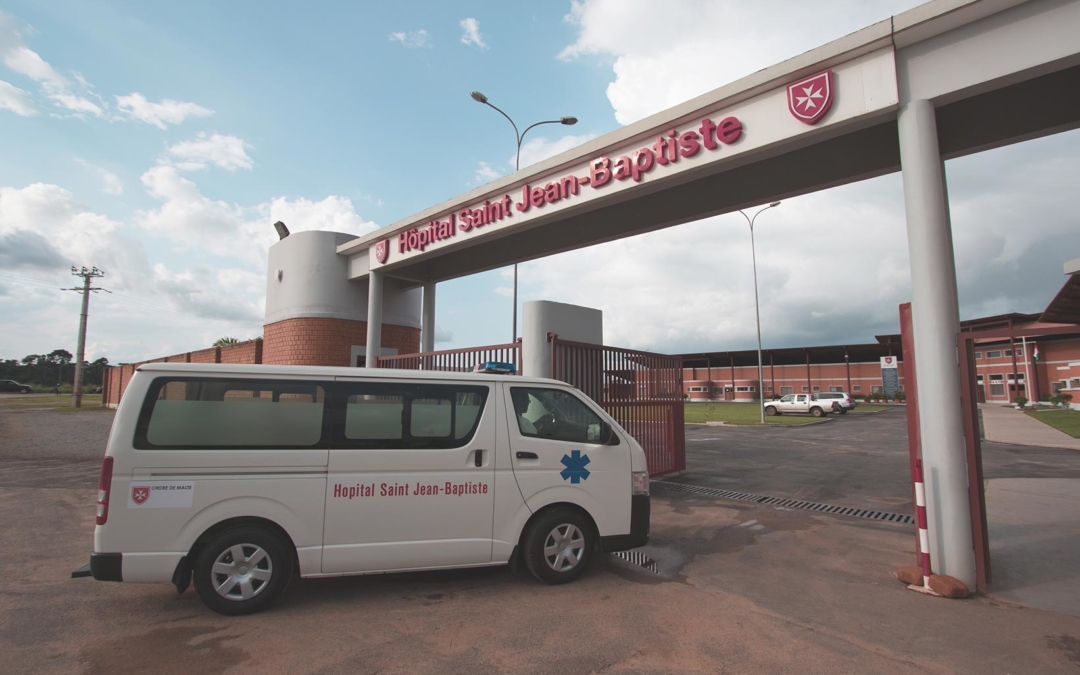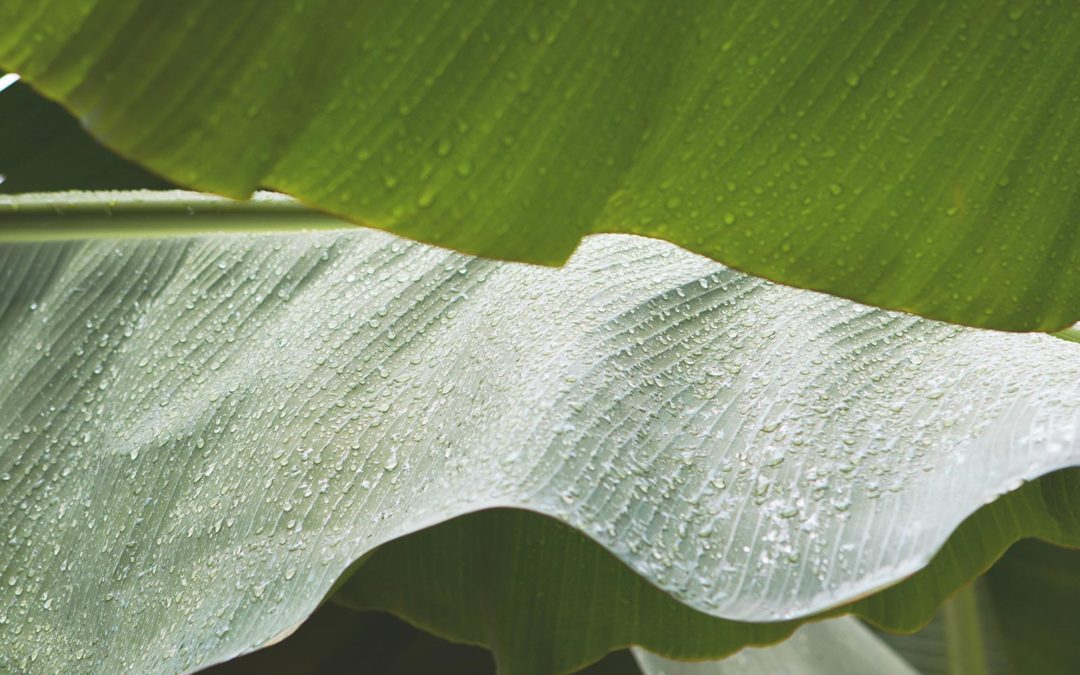
The SCB banana, much more than a tasty fruit
Famed for its unique taste, the SCB banana from Côte d’Ivoire also embodies a model of cultivation that respects people and the environment.
The first archaeological evidence of banana cultivation, which was discovered in Papua New Guinea, dates back 7,000 years. At that time, only a few seed varieties proliferated, until their natural crossing gave rise to seedless fruits. Banana cultivation was domesticated over the course of migrations and millennia and spread to the five continents. Whether plantain or dessert, its flavour and prodigious nutritional qualities make it one of the most popular fruits in the world today.
A fully-fledged economic sector
It is rich in minerals, fibre, carbohydrates and vitamins and low in fat. Filled with powerful antioxidants – dopamine and vitamin C – it helps maintain the nervous and digestive systems and energy metabolism. Originating from the Cavendish genetic variety (named in honour of the 6th Duke of Devonshire, who introduced the fruit into Europe in the 19th century), the dessert banana is sweet and tender. It also represents 60% of the world’s banana production.
In Africa, it is an economic sector in its own right, particularly in Côte d’Ivoire, Cameroon and Ghana. Côte d’Ivoire, the leading African producer, produces more than 300,000 tonnes of bananas each year, mainly for the European Union. Appreciated for their intensity and tender flesh, bananas grown on the African continent are reputed to be more fragrant than their Latin American cousins. It’s a question of the soil, but not only that. Soil acidity, sunshine and humidity shape the flavour of the fruit, as do the daily care given to them, the quality of soil drainage and fertilisation. However, transport, ripening in a controlled atmosphere and the growers’ experience also contribute to the development of the taste.
An incomparable flavour
The SCB banana from Côte d’Ivoire which is produced by the Société de Culture Bananière, a Compagnie Fruitière group subsidiary, and which has won the “Flavour of the Year” award for its taste qualities several times, reflects this reality. The SCB, which was established in 1959, was initially made up of a few farmers. Over time, the subsidiary has refined and developed all its agricultural techniques to produce – as consumers say – to “a tasty, tender and fragrant fruit, which surprises by the regularity of its quality”.
Social and Environmental Responsibility
The SCB, which employs more than 6,700 people in Côte d’Ivoire and covers 75% of Ivorian banana production, has also established a unique work ethic in the region. Based on respect for people and the environment, its Social and Environmental Responsibility (SER) policy has transformed the daily lives of its employees and local populations. Thanks to concrete initiatives taken in most areas of daily life, SCB staff and local residents now have access to medical centres, vaccination and information campaigns, housing, schools, vocational training, transport, infrastructure and decent working conditions that reduce the use of pesticides.

The SCB has obtained various certifications (ISO 14001 – Global Gap – Sedex – Vigeo – Fair Trade Max Havelaar and Ceres) and is audited each year by independent bodies. Finally, as the leading producer of fair trade and organic bananas in the African Caribbean Pacific (ACP) zone, Compagnie Fruitière is perpetuating its environmental initiatives through a partnership with WWF France. Banana cultivation, a catalyst for ever more virtuous agriculture?








